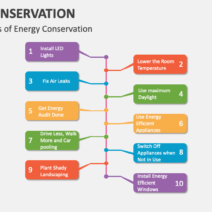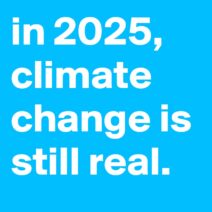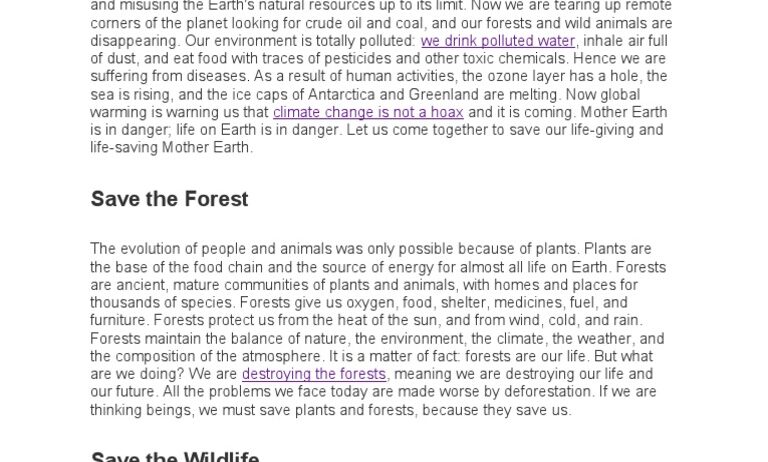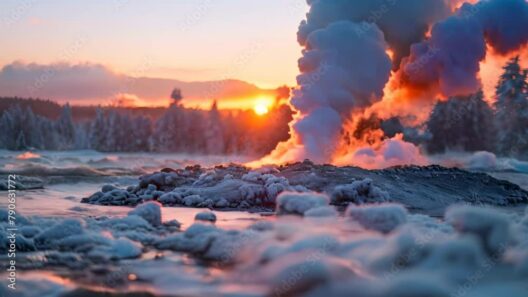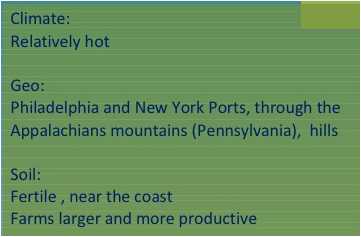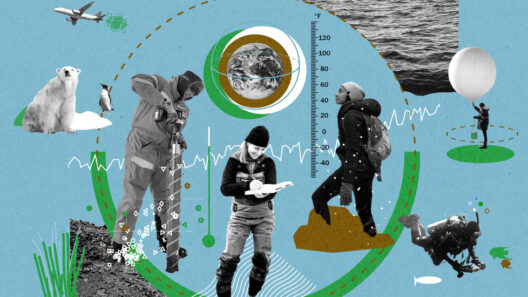Saving Mother Earth from global warming necessitates a concerted effort on the part of individuals, communities, and governments. The phenomenon of climate change is no longer a distant threat; it is a current reality we can no longer afford to ignore. This challenge is not solely an environmental issue but an existential one that impacts economic stability, public health, and ecological integrity. There are numerous strategies and practices we can adopt to ameliorate the effects of climate change, all of which require collective responsibility.
To begin with, education and awareness are paramount in the fight against global warming. The more people understand the detrimental effects of climate change, the more likely they are to become proactive in their efforts to mitigate it. Schools, community centers, and social media channels must allocate resources towards environmental education. By cultivating a societal ethos that values sustainability, individuals will be motivated to adopt eco-friendly practices. Workshops, seminars, and campaigns that highlight the importance of biodiversity, conservation, and responsible consumption can galvanize communities to engage in climate action more fervently.
Equally vital is the transition from fossil fuels to renewable energy sources. The combustion of fossil fuels releases substantial amounts of greenhouse gases into the atmosphere. By investing in solar, wind, hydroelectric, and geothermal energy, we can significantly reduce our carbon footprint. Governments worldwide should incentivize this transition through subsidies, tax breaks, and investment in research and development. Citizens can also play a crucial role by advocating for policies that support renewable energy and by investing in technology and infrastructure that facilitates the switch. The widespread adoption of electric vehicles, for example, can drastically reduce emissions from the transportation sector.
In tandem with energy transition, sustainable transportation practices must be promoted. Urban planning should prioritize public transportation systems, cycling paths, and pedestrian-friendly design. These initiatives not only reduce greenhouse gas emissions but also encourage physical activity and improve public health. Carpooling, ride-sharing, and telecommuting are additional strategies that can lessen traffic congestion and decrease the overall environmental impact of commuting. As individuals, we can also strive to make more considerate choices regarding our travel habits. Opting for local vacations, using public transit, or even walking or cycling for short distances can significantly lower our personal carbon footprints.
Furthermore, we must advocate for responsible waste management practices. Landfills are notoriously significant sources of methane emissions, a potent greenhouse gas. By promoting a circular economy that encourages recycling, composting, and the reduction of single-use plastics, we can minimize waste and conserve natural resources. Engaging communities in cleanup drives, promoting zero-waste initiatives, and mandating composting in cities are practical steps that can effect change. Educational campaigns that demonstrate the importance of reducing consumption and repurposing materials can also lay the groundwork for a more sustainable society.
Water conservation emerges as another critical component in the fight against climate change. As global temperatures rise, water scarcity becomes a pressing issue that can exacerbate tensions and conflict. Individuals and communities need to adopt water-saving measures such as rainwater harvesting, xeriscaping, and efficient irrigation systems. Furthermore, industries can implement more efficient processes that minimize water usage and reduce pollution. Governments should promote policies that safeguard water sources, manage aquifers sustainably, and protect wetlands, thereby ensuring water availability for future generations.
The conservation of forests and natural habitats is also vital for maintaining the planet’s ecological balance. Trees act as carbon sinks, absorbing carbon dioxide and releasing oxygen. Deforestation exacerbates climate change and diminishes biodiversity. Communities should engage in local reforestation efforts, protecting existing green spaces and promoting biodiversity through responsible land-use practices. Sustainable forestry practices should be honored to balance economic growth with ecological sustainability. Every individual can contribute by participating in tree-planting initiatives in their communities or advocating against deforestation practices.
Additionally, climate adaptation strategies will become increasingly essential as climatic conditions change. From agriculture to infrastructure, communities need to assess the potential impacts of climate change and develop resilience plans. Farmers, in particular, may need to adjust their crop choices or irrigation methods to cope with changing weather patterns. Urban planners should incorporate climate resilience into their designs, ensuring that cities can withstand extreme weather events. Public health systems must also be prepared to address climate-related health issues by improving access to healthcare and ensuring that vulnerable populations are protected.
Lastly, global cooperation and social equity must underpin all efforts in combating climate change. Developed nations, who have historically contributed the most to greenhouse gas emissions, bear a responsibility to aid developing nations in their climate initiatives through financial support, technology transfer, and capacity building. Moreover, the voices and needs of marginalized communities should be prioritized in climate policy discussions. Social equity must be at the forefront, ensuring that vulnerable populations have access to resources and decision-making processes that affect their future.
In conclusion, to save Mother Earth from the wrath of global warming, it is not merely an individual’s responsibility; it is a collective endeavor. Through education, sustainable practices, community engagement, and global cooperation, we can begin to turn the tide against climate deterioration. Every action, no matter how small, contributes to the larger goal of fostering a sustainable planet for generations to come. It is crucial that we all recognize our role in this global challenge and take concerted actions that reflect our commitment to preserving our home, Mother Earth.
